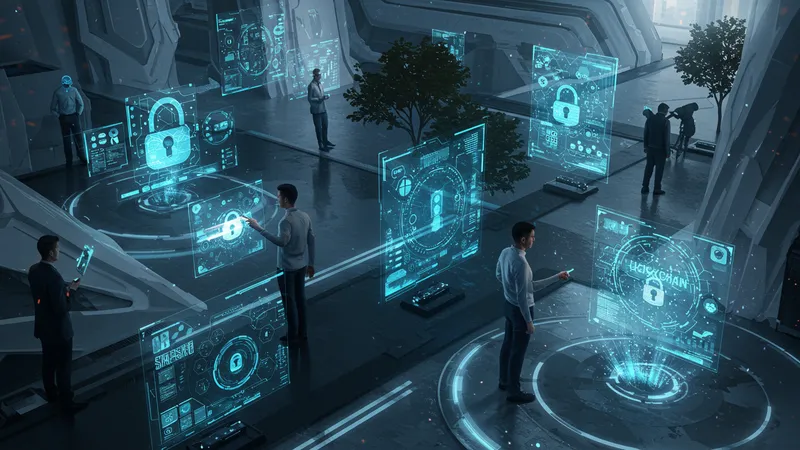Did you know that software innovations are set to revolutionize the world in ways we never imagined by 2025? The whirlwind of changes promises to upend industries and rewrite the rules of the digital economy.
The tech-driven shifts happening today mean it’s more crucial than ever to stay ahead of these trends. From AI-driven personal assistants to blockchain-based security, the landscape is on the brink of a major metamorphosis.

Picture this: in just a couple of years, smart applications will not only predict your needs but anticipate them before you do. The implications of such hyper-personalization are staggering and could fundamentally alter user interaction paradigms. But that’s not even the wildest part…
While many business leaders focus on the present, forward-thinking innovators are already leveraging future software trends to gain a competitive edge. This could mean the difference between leading the pack or being left behind. But what surprises await as these trends unfold?
The next few pages will reveal startling developments that are shaking the foundations of tech as you know it. What happens next shocked even the experts…